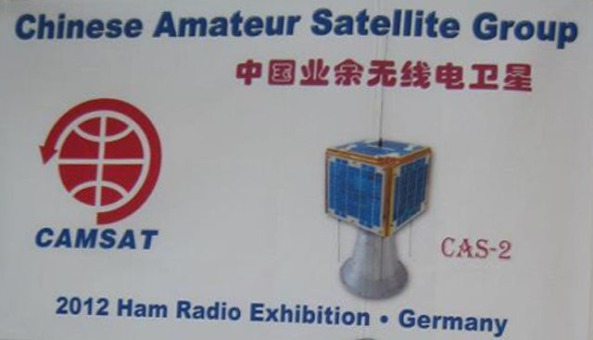
First US Woman Astronuat Sally Ride on STS-7 - Image Credit NASA
The Women in STEM High School Aerospace Scholars (WISH) project is sponsoring two six-day summer camps for rising high school seniors that should feature a presentation by astronaut Shannon Walker KD5DXB and an Amateur Radio contact with the International Space Station (ISS).
Eighty-four female high school students from 29 states will plan a simulated mission to Mars and experience life as an engineer or scientist when NASA’s Johnson Space Center in Houston hosts two events focused on science, technology, engineering and mathematics (STEM) in June and July.

Shannon Walker KD5DXB - Image Credit NASA
The young women will work in teams with female NASA mentors to develop mission plans for launching to Mars, living and working there, and integrating the many components necessary for a successful planetary mission. They will work within the confines of a fictitious budget and build several small mockups of vehicles to demonstrate a successful launch and landing of the Mars spacecraft.
“WISH gives some of our brightest future innovators a chance to experience some of the exciting challenges that NASA engineers and scientists face on a daily basis,” said Johnson Deputy Director and four-time space shuttle astronaut Ellen Ochoa KB5TZZ. “It shows the young women that there are a variety of opportunities for them in technical fields.”
Young women participating June 24-29 will hear a first-hand account of life in space from NASA astronaut and radio amateur Shannon Walker KD5DXB. Participants July 8-13 will have a chance to speak with a current space station astronaut via ham radio as part of the Amateur Radio on the International Space Station program, a NASA educational initiative that facilitates direct links between students and astronauts.
The young women were selected based on completion of interactive, online lessons focused on space exploration and mapped to national education standards, academic merits and geographic diversity. The WISH program encourages young women to pursue science, technology, engineering and mathematics degrees and exposes them to the real-world applications of STEM careers at NASA. This program is in its second year. It began as a NASA accompaniment to the White House Council on Women and Girls.
For more information about WISH and a list of student participants, visit:
http://www.nasa.gov/audience/foreducators/teachingfromspace/students/wish.html
WISH: Women in STEM High School Aerospace Scholars http://www.wish.aerospacescholars.org/
Source NASA http://www.nasa.gov/home/hqnews/2012/jun/HQ_12-209_WISH.html
Amateur Radio on the International Space Station ARISS http://ariss.rac.ca/



 Workshop Details
Workshop Details





You must be logged in to post a comment.